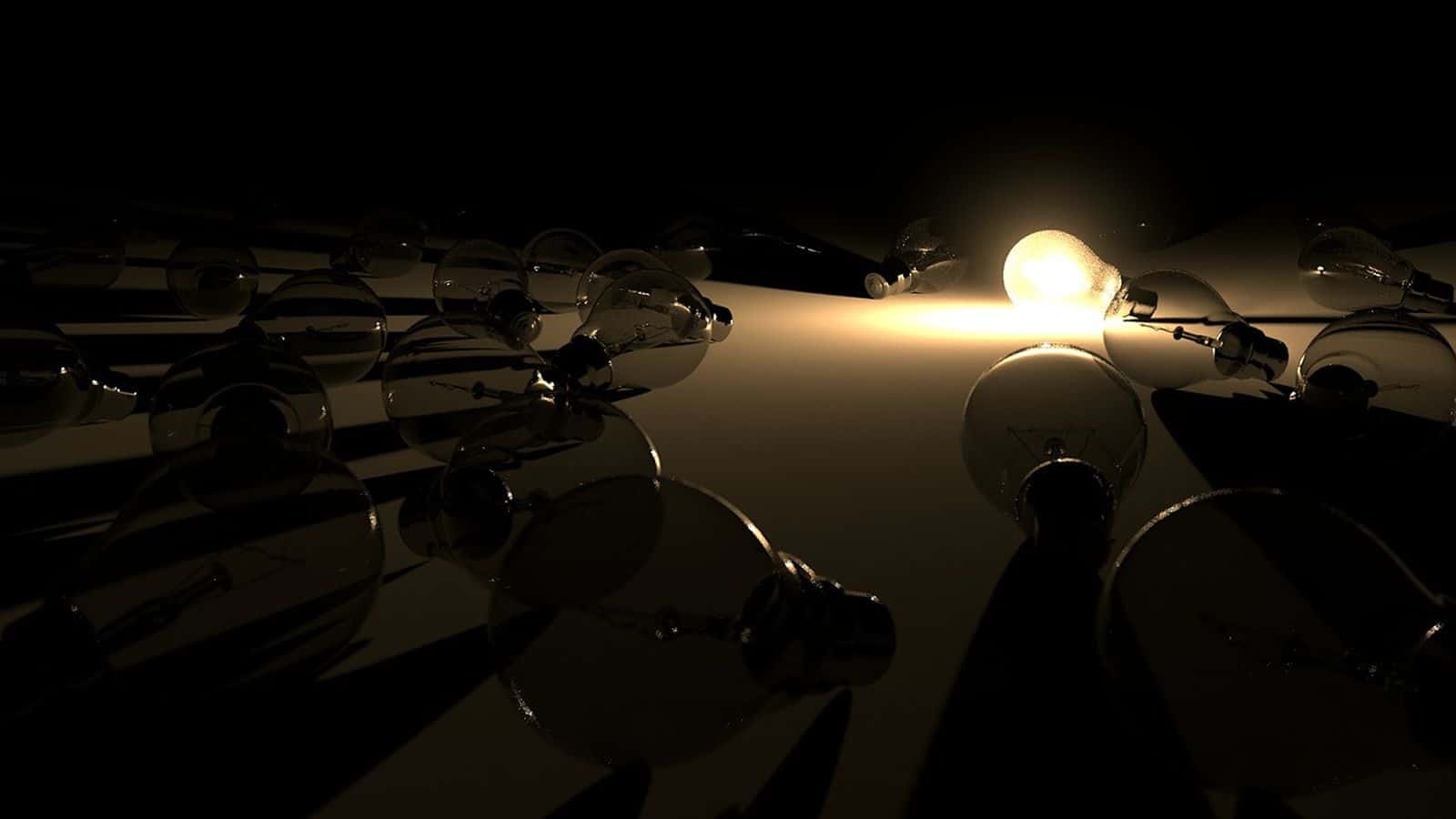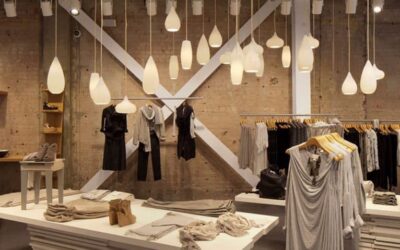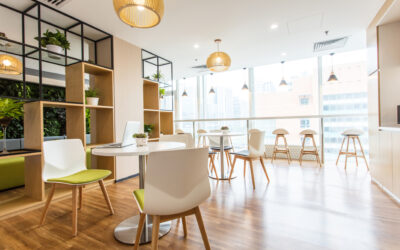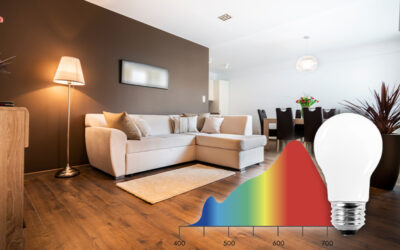Light Bulb 101: Energy Saving Light Bulbs
Whether you’re looking to elevate your home with the hottest lighting trends of 2023 or you’d simply like to join functionality with aesthetics in your living spaces, you’ll need to understand how LED light bulbs fit into the picture.
Let’s start by outlining the benefits of choosing energy efficient lighting, then we’ll dive into various types of light bulbs and the impact they can have on your home’s appearance, your family’s moods and your wallet.
Benefits of Energy Efficient Lighting
The idea of energy efficiency lighting goes back to the Energy Independence and Security Act of 2007. That’s how the U.S. Congress started us on the path away from inefficient incandescent bulbs and toward a brighter future lit by LED light bulbs. The industry took a brief detour into fluorescents, but California’s recent ban on CFLs has effectively ended that foray.
Why make the switch from those familiar old incandescents to the seemingly more complicated world of LED light bulbs? We’re glad you asked! Benefits of energy efficient lighting include:
Saving The Planet
LEDs consume a fraction of the energy that incandescents do —up to 80% less! How does that help save the planet? Using less energy lowers the demand on power plants, which reduces the amount of greenhouse gas emissions, which can help lower overall planetary warming. Also, LED light bulbs do not contain toxic chemicals, like mercury, so they won’t add hazardous waste to our landfills or require the time and energy needed for specialized disposal.
Saving Money
Even though the purchase price of LEDs is often higher than that of other types of light bulbs, you’ll save money in the long run with lower utility bills and less frequent replacements. Plus, you may be able to take advantage of rebates for making the switch to energy efficient lighting!
Replacing Bulbs Less Often
With a lifespan of up 50,000 hours, LED light bulbs let you install them once, then forget about them. This is especially beneficial for hard-to-reach fixtures, like those in stairwells or very high ceilings.
Taking Control of Your Home’s Light Quality
Whether you prefer the bright, clear look of simulated daylight or the soft glow of warmer light — or something in between — it’s easy to customize the look and feel of your home with LEDs. There are also an array of colorful LED light bulbs for every season that bring even more flexibility to creating a mood.
Light Bulb 101: Comparing Different Types of Light Bulbs
It used to be so easy. Your biggest dilemma in choosing the best light bulb was deciding between 60 and 100 watts, and perhaps whether to buy one or a multipack.
Today, the lighting aisle delivers a confusing array of jargon and numbers that make it daunting to figure out how to read a light bulb box. How many types of lighting are there now? A lot.
To take away some of the stress involved in switching from conventional bulbs to more energy efficient lighting, the pros at TCP have put together some help you see how old-fashioned incandescents stack up against various types of light bulbs with more eco-friendly profiles. Taking into consideration light color and temperature, how much you use your lights and whether you’re replacing just bulbs or entire fixtures, you can calculate the ROI of an LED switch-up in your home.
Here’s a quick primer on some of the terms you’ll see on those newer light bulb boxes:
Lumens – Lumens are units of brightness whereas watts are measures of energy usage. There’s technically no “equivalent” between a bulb’s watts and lumens because these terms apply to different functions. However, you can use these rough figures to select LED light bulbs to replace incandescents without losing brightness:
40-watt bulb ≈ 450 lumens
60-watt bulb ≈ 800 lumens
75-watt bulb ≈ 1,100 lumens
100-watt bulb ≈ 1,600 lumens
Color Temperature – While not an indication of heat output, lighting color temperature refers to the look and feel of illumination by referencing warm (red) and cool (blue) colors. The color temperature scale is measured in units called kelvins (k) with lower numbers denoting warmer light and higher numbers indicating cooler light. Bright, cool daylight is around 5200k, and soft, warm candlelight clocks in at about 2000k.
Color Rendering Index (CRI) – This refers to how a light affects the color of objects. It uses a scale of 1 to 100, with daylight racking up the highest score for the way it keeps colors true. In general, any bulb scoring 80 or higher on the CRI scale is suitable for residential lighting.
Lighting Solutions From TCP
TCP bulbs are designed to last long and be energy-efficient. Our lighting products adhere to ENERGY STAR’s high standards. This accreditation requires efficient performance and ensures a high-quality, environmentally-friendly product. TCP also controls the production process of our lighting products – working to ensure the ideal combination of chips, optics, drivers and thermals are used in our lamps to maximize the life of every lamp and experience of your space. Reach out for expert help choosing energy efficient lighting.






